Introduction to dairy disease symptoms and treatment: Dairying, also known as dairy farming. It is a branch of agriculture that involves the rearing, rearing, and use of dairy animals, mainly cows, milk production, and various dairy products derived from it. It is a type of agriculture that focuses mainly on milk production. Milk can be used to make dairy products, including cheese.
The most commonly used species are cows (so-called dairy cows), but goats, sheep, and camels are also used. The disease is widely defined as any condition that deviates from the health or normal functioning of any or all of the body’s tissues and organs. Most diseases are caused by pathogenic bacteria, viruses, and parasites. A pathogen is an organism that always causes disease in the body of an animal under natural or experimental conditions.
The ability of dairy animals to adapt to the local climate conditions and to resist local diseases and local parasites. Dairy animals are the world’s leading producers of nutritious food products, which play an important role in the food and nutrition security of the human population. In the regions or countries where the most common animal species (cattle, sheep, goat, camel, buffalo, yak) and production systems (from smallholders to large commercial farms; specialized dairy breeds or dual-purpose animals) are used.
Dairy disease symptoms and treatment for cows, cattle, goats, & sheep, common diseases and important vaccines
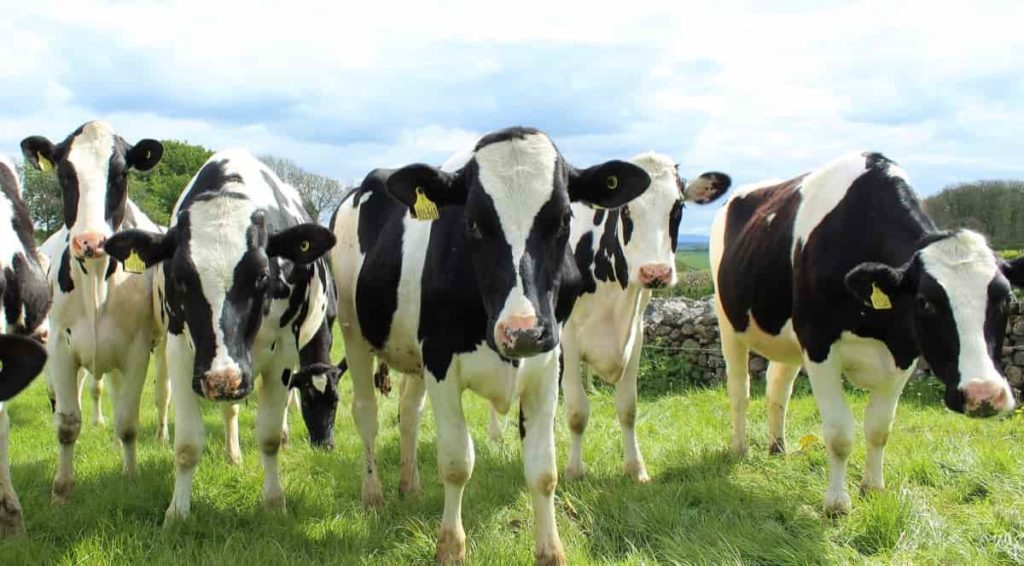
Common diseases of dairy goats and sheep
Dairy farming is practiced (either on the farm or at the dairy plant, some of which may be called dairy) for the final sale of dairy products. Dairy operations can also play a role in water pollution and soil degradation when fertilizer and feed crop production is poorly managed. The most common causes of respiratory infections and death of dairy goats and sheep are Pasteurella multocida or Mannheimia haemolytica (formerly called Pasteurella haemolytica).
Pneumonia
Symptoms of pneumonia include;
- Fever with a temperature of 104F (40C) to 106F (41C).
- Listening to the lungs with a stethoscope can cause crackling noises.
- Anorexia nervosa is a chronic
- Diagnosis based on medical symptoms and herd history. If the animal dies, a necropsy can help identify the exact cause of pneumonia.
Treatment includes antibiotic therapy prescribed by your veterinarian. Keep sick animals away from the rest of the herd in a dry, well-ventilated place. Prevention and control include vaccination and proper herd management.
Caprine Arthritis Encephalitis (CAE)
It is caused by a virus classified as a small ruminant lentivirus (SRLV) of the Retroviridae family. The virus adversely affects the welfare of infected animals and the economy of the goat and sheep industry in many countries around the world. CAE is found mainly in dairy goat breeds but has also been diagnosed in meat goats and sheep.
Prevention and control include the following;
- Remove CAE-positive animals from the herd.
- Avoid buying breeding stock from an unknown source.
- Examine existing stocks and new animals for CAE before introducing them to the herd.
- Kids born with CAE-positive should be removed from their mothers immediately after birth. Feed them heat-treated colostrum and pasteurized milk until they are weaned.
- Keep the herd closed.
Caseous Lymphadenitis (CL)
It is caused by the bacterium known as Corynebacterium pseudotuberculosis and this is found in all countries around the world. Goats and sheep are infected by contact with the feces of infected animals or by eating fodder and water contaminated with Corynebacterium pseudotuberculosis. Prevention and control include the following;
- Remove infected dairy animals to help reduce the risk of Caseous Lymphadenitis infection.
- Avoid buying animals with CL history farms, and do not buy animals that show abscesses or abscess scars.
- Inspect males before introducing them to the female herd. A man with boils can contaminate the females.
- Always disinfect instruments, such as ear tags, tattoo needles, hoof trimmers, or wool shears, which can break animal skin when used. Shearing equipment is of particular concern, as hidden boils can rupture during shearing.
- Consider maintaining a closed herd.
In case if you miss this: Meat Sheep Breeds, List, and Advantages
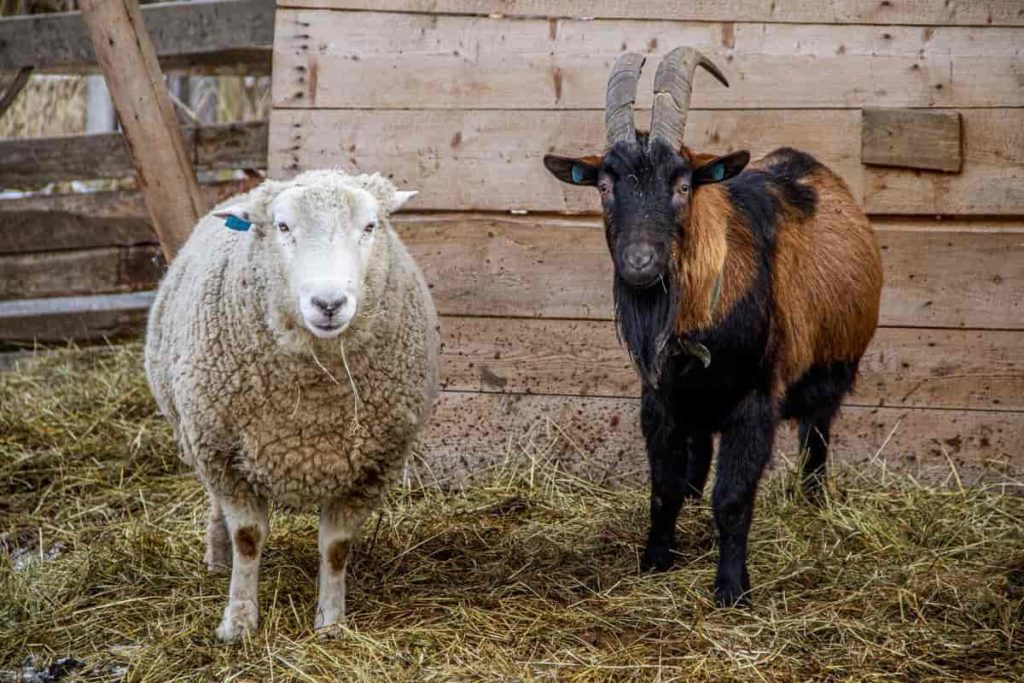
Coccidiosis
Coccidiosis is an expensive parasitic disease that affects goats and sheep. Eimeria species, also called coccidian species, are naturally occurring protozoa found in the soil that cause coccidiosis.
Prevention and control include the following;
- Improving the management and hygiene of facilities, pastures, pens, and food and water sources.
- Minimize the stress of weaning. If needed, give the baby crepe feed to adjust to the new diet before weaning.
- Ask your veterinarian about using a medicated feed containing coccidiostats, such as monensin, lasalocid, or decoquinate.
- Avoid keeping dairy animals in moist areas without direct sunlight.
- Estimate possible outbreaks after severe weather and post-weaning.
Enterotoxemia (overeating disease)
Symptoms are most common in young kids/lambs and include;
- Loss of appetite,
- Abdominal discomfort and back arching.
- Excessive diarrhea with or without blood
- Fever
- Lethargy
- Sudden death
- Diagnosis is based on medical symptoms and a history of sudden death which can be confirmed by necropsy.
Treatment includes the following;
- Administer C and D antioxidants as recommended by the manufacturer. Kids are usually treated with 5 ml of C and D antioxidants.
- Manage penicillin.
- Administer oral antacids.
- Take anti-inflammatory medication.
- Reduce pain with anti-inflammatory drugs, such as flunixin meglumine (as prescribed by a veterinarian).
- Administer thiamin (vitamin B1) intramuscularly.
- Replace fluids intravenously.
- After treatment with antibiotics, administer probiotics to stimulate the restoration of microflora in the rumen and intestinal tract.
- Vaccination of all animals in the herd against types C and D of Clostridium perfringens is generally effective in preventing enterotoxemia.
Common diseases of cows and buffaloes
- Anthrax, Black Quarter, Brucellosis, Mastitis, Hemorrhagic Septicemia, Calf scours, and Pneumonia are diseases caused by bacteria.
- Diseases caused by viruses are Foot and Mouth, Rinderpest.
- Diseases caused by protozoan organisms are Coccidiosis, Babesiosis, Anaplasmosis, Theileriosis, Trypanosomiasis, Trichomonads.
- Diseases caused by parasites – Roundworms (nematodes), Tapeworms (Cestodes), Liver flukes (Trematodes).
- Metabolic and non-specific diseases
- Deficiency diseases – Protein, Energy, Vit-A, B-complex, Calcium, Phosphorus, Magnesium, Iodine, Cobalt, Vit-D deficiency
- Non-specific disorders – Blot, Ketosis, Milk fever
In case if you miss this: How to Buy Agriculture Land in India & Who Can?
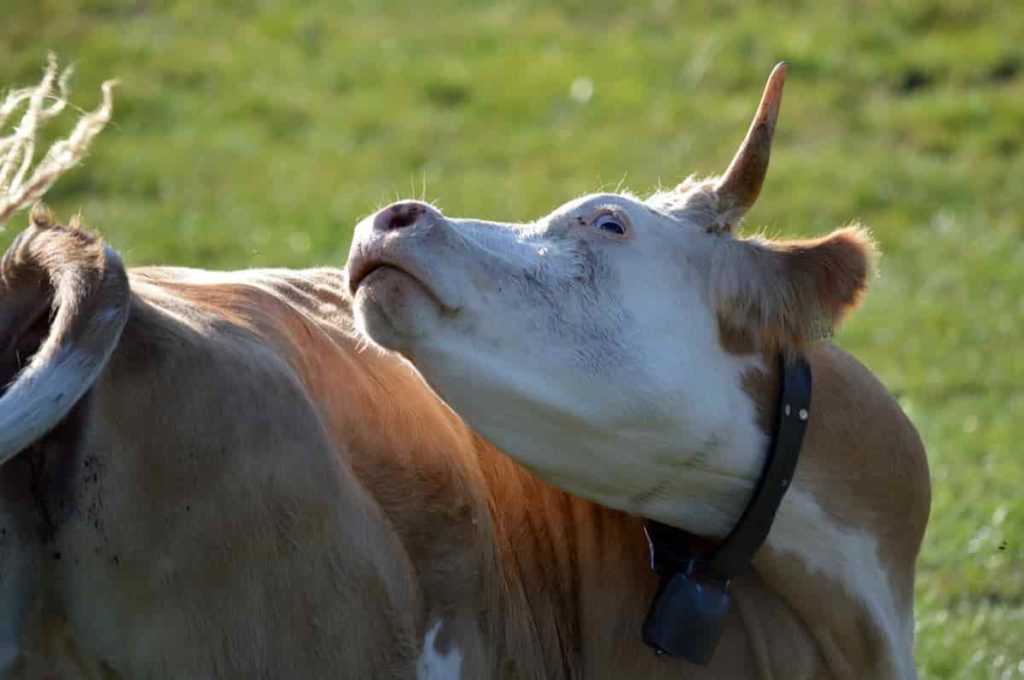
Dairy cattle diseases and their control
Dairy animals that are kept under extremely strict systems are more susceptible to infectious disease agents, while those that live in the broader system have a higher risk of parasitic infection. Diseases in cattle can limit export options, threaten supply and contribute to product failure. Properly identifying health conditions and dairy cattle diseases is an important step in preventing the harmful effects.
Dairy cattle are susceptible to the same diseases as beef cattle. Diseases and pests are plaguing the world’s livestock industries, with serious diseases occurring in humid and less developed countries.
Brucellosis
Brucellosis is one of the most common diseases found in developed countries, which has been successfully controlled by vaccination and testing. The disease causes high fever in humans through the milk of infected cows.
Bovine tuberculosis
Bovine tuberculosis has been largely eradicated. Where it is not, it can infect other warm-blooded animals, including humans. Test and slaughter programs have proved effective for this problem.
Rabies
Rabies caused by a specific virus that can infect most warm-blooded animals is usually spread by the bite of infected animals, whether wild or domestic.
Anaplasmosis
Anaplasmosis is common in most tropical and subtropical regions, is spread by the bites of mosquitoes and flies.
Cattle anthrax disease
Anthrax is a highly contagious and deadly cattle disease. It is caused by a relatively large ovoid-shaped rectangular bacterium called Bacillus anthracis. Anthrax is found on all continents, which is rumored to be the leading cause of death. Treatment is useful in cases where the disease is subacute. Early treatment can cure anthrax in most cases. Anthrax can be treated with common antibiotics like penicillin, tetracycline, erythromycin, and ciprofloxacin (Cipro).
Black quarter (black-leg)
This is highly fatal, a bacterial disease of cattle. Buffaloes, sheep, and goats are also affected. Young cattle between the ages of 6 and 24 months are most affected by good physical condition. It is a soil-borne infection that usually occurs during the rainy season.
Treatment
- Penicillin @ 10,000 units/kg body weight 1M and topically daily for 5-6 days.
- Oxytetracycline in large doses i.e., 5-10 mg / kg body weight 1M
- Indcse swelling and drain off
- Injection Avil / Cadistin by 5-10 ml IM
In case if you miss this: Future of Agriculture in India
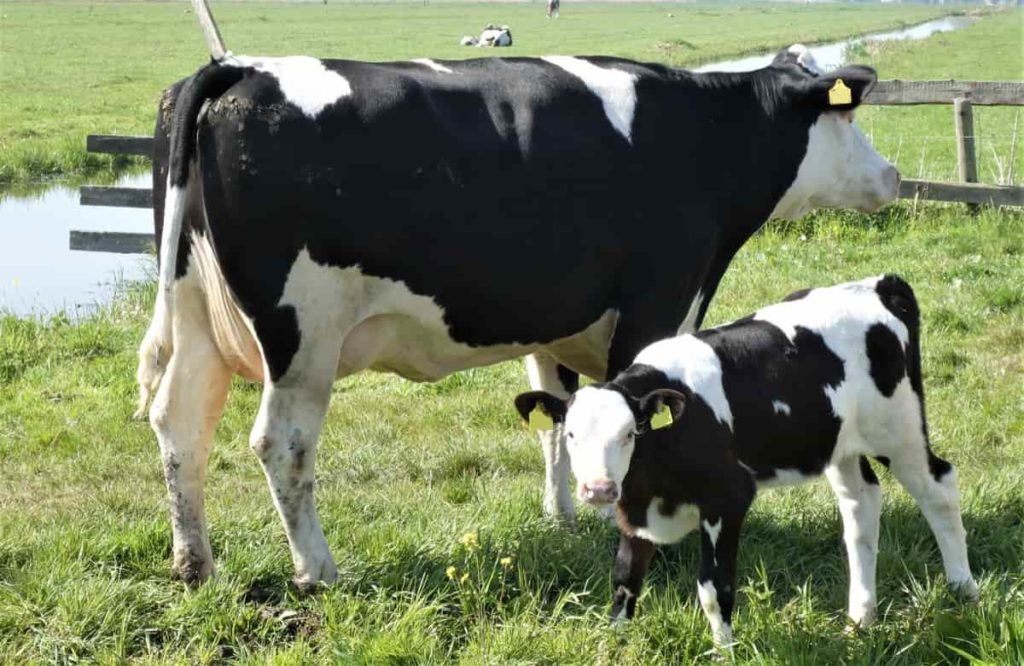
Foot and mouth disease
Foot and mouth disease is a highly contagious disease that affects cloven-footed animals. Foot and mouth disease has been eradicated, mostly from North America, some Central American countries, Australia and New Zealand.
Treatment – External use of antibiotics helps to cure ulcers and prevent bee attacks. A common and inexpensive dressing for foot sores is a mixture of coal tar and copper sulfate in a ratio of 5:1.
Rinderpest
It is the destruction of the cloven-footed animals and its control has been a major issue around the world recently.
Treatment – Symptomatic treatment with penicillin, streptomycin, sulfadimidine, and intestinal antibiotics does not affect the virus, but it can help restore less severe cases of render paste, as it can reduce secondary complications caused by bacteria.
Verminosis
Another disease that can affect milk production is verminosis. In some critical cases, it can cause the death of the animal. It is important to control parasites to prevent the disease from affecting the dairy herd. To do this, it is important to use a worm fuse at the right time.
Tuberculosis
Tuberculosis is a disease whose symptoms are hardly visible to pastoralists. The main symptoms are weight loss and cough. When animals are infected with tuberculosis, milk production can be significantly impaired. The bacterium Mycobacterium Bovis is responsible for spreading this disease. Infection is caused by inhaling airborne droplets or contaminants. Calves are also infected by drinking milk with bacteria. There is no cure for this disease. Preventing bovine tuberculosis is the best way to protect the entire dairy herd. The following are the most common diseases affecting dairy cows;
- Bleeding calf syndrome
- Bluetongue
- Bovine Ulcerative Mammary Dermatitis
- Bovine viral diarrhea (BVD)
- Brucellosis
- Calf Pneumonia
- Campylobacter foetus venerealis
- Digital dermatitis
- Displaced Abomasum
- E Coli Diarrhoea
- Endometritis/Metritis
- Enteritis
- Foot and Mouth Disease
- Infectious Bovine Rhinotracheitis
- Johne’s Disease
- Leptospirosis
- Liver fluke
- Mites
- Mycoplasma Bovis
- Neospora canium
- Psoroptic mange
- Salmonella
- Septicaemia
- Sole ulcers
- White Line Disease
Dairy farming practices to control diseases in dairy animals
Dairy producers need to apply good agricultural practices (GAP) in the below areas;
- Animal health – Poor animal health is the main obstacle to increasing small-scale milk production. Because this results in high morbidity and less productivity. Overcoming this problem can improve productivity and result in real and direct benefits to producers.
- Good dairy farming practices for animal health are establishing herds with disease resistance. Preventing the disease from entering the farm; establishing effective floral health management; and use of all chemicals and veterinary medicines as directed.
- Milking hygiene – In developing countries, most small-scale dairy farmers milk their animals by hand, often in the presence of a calf to accelerate milk production.
- Nutrition (feed and water) – The dairy animal’s health depends largely on the provision of proper food and water. Feeding management in dairy farming is a major challenge in many developing countries.
- Animal welfare – These systems should be applied to milk-producing animals. This is primarily concerned with animal welfare. The main purpose of dairy farming systems is to keep the dairy animals free from hunger, thirst, and malnutrition; injury, and disease; and to engage in relatively normal patterns of animal behavior.
In case if you miss this: How To Start Beekeeping For Beginners
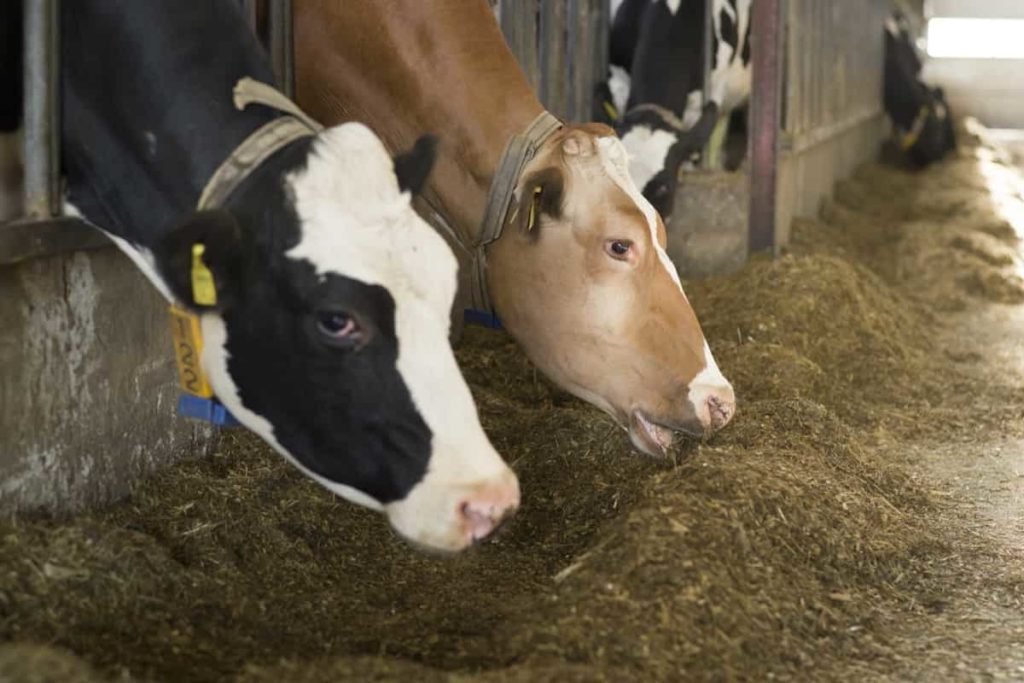
Disease prevention tips in dairy farming
- The best solution to prevent the spread of disease through the acquisition of new animals is to host newly purchased cows in a quarantine facility with trained personnel to handle isolated animals. Quarantine is one of the most important tools of biological protection and consists of isolating specific groups of animals to prevent the transmission of infectious diseases.
- For dairy animals, prophylactic quarantine is designed to isolate the resident herd from newly acquired dairy animals for 1 month or more. During the 30 days of isolation, quarantine facility personnel will monitor the health status of livestock and prevent direct and indirect contact between new and resident animals. If the incubation period of the infection is short, the animals will get serious diseases during the quarantine period. In other cases, various diseases of quarantined animals, such as bovine tuberculosis, Johne’s disease, and brucellosis, leptospirosis, salmonellosis, campylobacteriosis, leucosis, bovine viral diarrhea (BVD), and infectious bovine rhinotracheitis (IBR).
- Sick and suspicious animals must be isolated in a specific area and always handled at the end. In the control of contagious mastitis, the latter are lactating cows who are suspected of having the disease. Dairy herd vaccination programs are designed for age groups and are consistently implemented to maximize herd immunity and reduce the spread of infectious agents.
- Dairy farmers use many methods to provide quality care to animals, regardless of the size of the herd. Many modern dairy farms today include freestyle housing. This type of warehouse allows the cow to eat, drink and rest whenever and wherever she wants – in the warehouse and the surrounding area. Other farms choose open spaces that allow easy access to open ground from the housing.
- Farmers also provide clean sand, wood chips, mattresses, or water beds for comfortable beds for their cows.
- Dairy farmers are developing their food management methods to ensure the health of the cows and to improve the environmental sustainability of their farms.
In case if you miss this: Goat Farming In The USA – How To Start
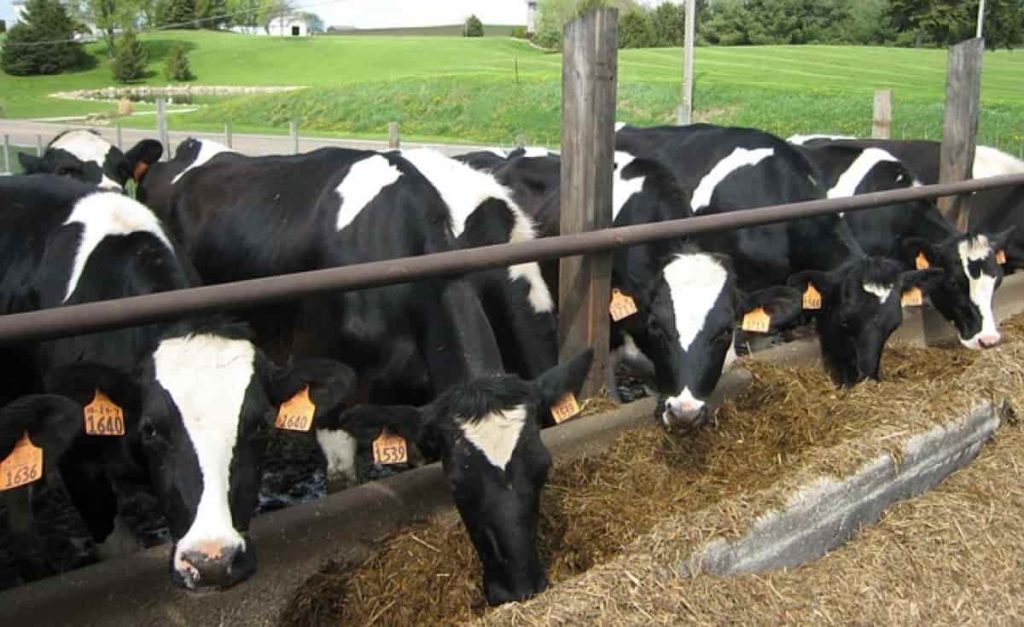
Important vaccines to control dairy animal diseases
What vaccines do dairy animals need?
Vaccines are an essential aid in limiting or preventing disease in cattle caused by common agents, such as infectious bovine rhinotracheitis (IBR) virus, parainfluenza-3 (PI3) virus, bovine viral diarrhea (BVD) virus, bovine respiratory Sensitive virus (BRSV), clostridial infection, and leptospirosis.
For dairy heifers, vaccination schedules from birth to 6 months of age can be started with an oral modified live vaccine (MLV) given 30 minutes before the ingestion of colostrum for bovine rotavirus. Intranasal vaccination of neonatal calves with respiratory vaccines like IBR / PI-3 / BRSV may be started at 3 days or older. Dairy heifers at 6 weeks of age may receive some vaccines like an injectable modified live IBR / PI3 / BRSV / BVD vaccine and seven-way clostridial bacterin-toxoid. The immunity of the injectable vaccine is longer than that of the intranasal vaccine.
Health and hygiene conditions to control dairy animal diseases
Veterinary health care centers are located in remote locations. The ratio between the cattle population and the veterinary institution is wide, resulting in inadequate animal health facilities. The vaccination schedule is not followed regularly and from time to time, regular insecticide program is not carried out as per schedule, resulting in high mortality in calves, especially buffaloes. Cattle do not have adequate immunity against various diseases.
Many cattle owners do not provide adequate shelter to their cattle, which makes them vulnerable to extreme weather conditions. Unhealthy conditions in cattle sheds and milking parlors lead to mastitis. Unhealthy milk production leads to storage and spoilage of the quality of milk and other products.
- Economical Aquaculture: A Guide to Low-Budget Fish Farming
- 15 Common Planting Errors That Can Doom Your Fruit Trees
- How to Make Houseplants Bushy: Effective Tips and Ideas
- Innovative Strategies for Boosting Coconut Pollination and Yield
- Pollination Strategies for Maximum Pumpkin Yield
- The Complete Guide to Chicken Fattening: Strategies for Maximum Growth
- Natural Solutions for Tulip Problems: 100% Effective Remedies for Leaf and Bulb-Related Issues
- Revolutionizing Citrus Preservation: Towards a Healthier, Greener Future
- Natural Solutions for Peony Leaf and Flower Problems: 100% Effective Remedies
- Maximizing Profits with Avocado Contract Farming in India: A Comprehensive Guide
- Natural Solutions for Hydrangea Problems: 100% Effective Remedies for Leaf and Flowers
- The Ultimate Guide to Choosing the Perfect Foliage Friend: Bringing Life Indoors
- From Sunlight to Sustainability: 15 Ways to Use Solar Technology in Agriculture
- The Ultimate Guide to Dong Tao Chicken: Exploring from History to Raising
- The Eco-Friendly Makeover: How to Convert Your Unused Swimming Pool into a Fish Pond
- Mastering the Art of Delaware Chicken Farming: Essentials for Healthy Backyard Flocks
- 20 Best Homemade Fertilizers for Money Plant: DIY Recipes and Application Methods
- How to Craft a Comprehensive Free-Range Chicken Farming Business Plan
- Brighten Your Flock: Raising Easter Egger Chickens for Beauty and Bounty
- How to Optimize Your Poultry Egg Farm Business Plan with These Strategies
- Subsidy for Spirulina Cultivation: How Indian Government Schemes Encouraging Spirulina Farmers
- Ultimate Guide to Raising Dominique Chickens: Breeding, Feeding, Egg-Production, and Care
- Mastering the Art of Raising Jersey Giant Chickens: Care, Feeding, and More
- Ultimate Guide to Raising Legbar Chickens: Breeding, Farming Practices, Diet, Egg-Production
- How to Raise Welsummer Chickens: A Comprehensive Guide for Beginners
- How to Protect Indoor Plants in Winter: A Comprehensive Guide
- Ultimate Guide to Grow Bag Gardening: Tips, Tricks, and Planting Ideas for Urban Gardeners
- Guide to Lotus Cultivation: How to Propagate, Plant, Grow, Care, Cost, and Profit
- Agriculture Drone Subsidy Scheme: Government Kisan Subsidy, License, and How to Apply Online
- Ultimate Guide to Raising Araucana Chickens: Breed Profile, Farming Economics, Diet, and Care
- Bringing Hydroponics to Classroom: Importance, Benefits of Learning for School Students
- Ultimate Guide to Raising Polish Chickens: Breed Profile, Farming Economics, Diet, and Care
- Ultimate Guide to Raising Australorp Chickens: Profile, Farming Economics, Egg Production, Diet, and Care
- Silkie Chicken Farming: Raising Practices, Varieties, Egg Production, Diet, and Care
- Sussex Chicken Farming: Raising Practices, Varieties, Egg Production, Diet and Care
- Homemade Feed Formulations for Livestock: Discover Cost-effective Starter to Finisher Feed Recipes